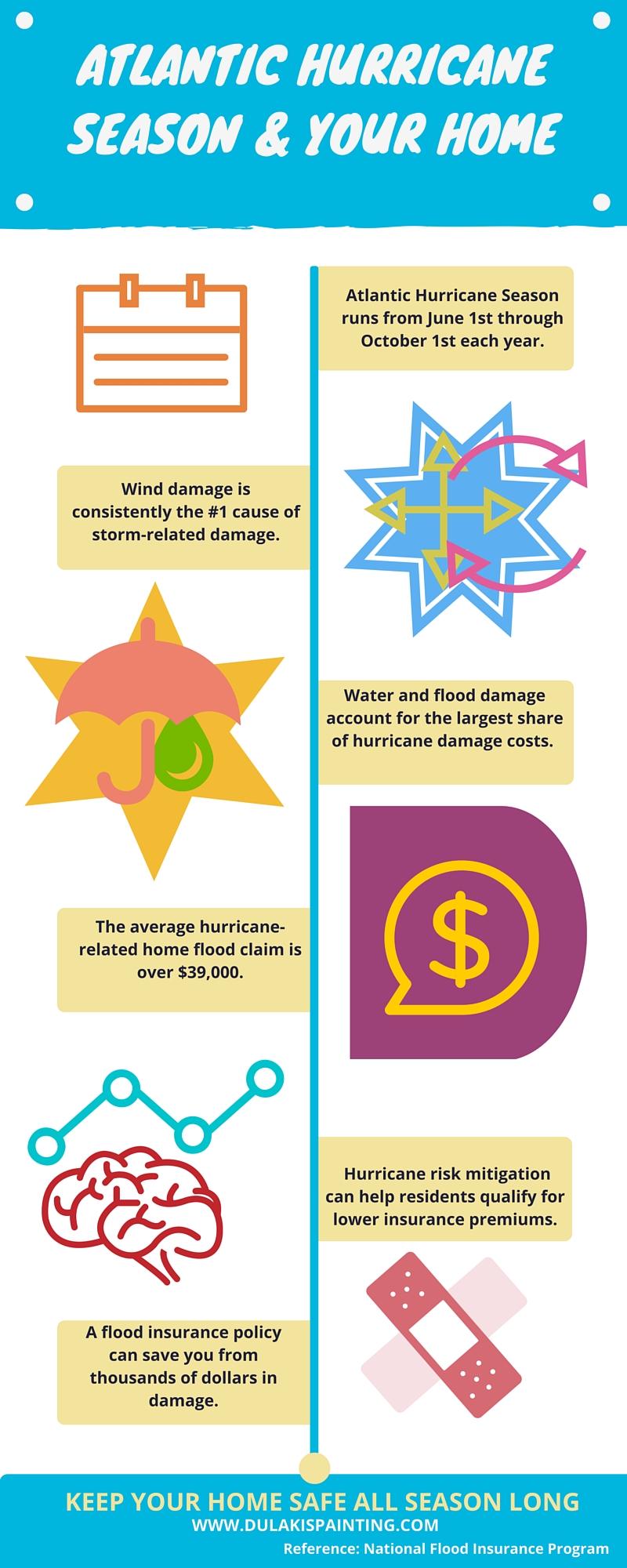Discover Just How Seasonal Factors Influence Commercial External Painting Success And Uncover The Very Best Times To Make Certain Enduring Results For Your Project
Discover Just How Seasonal Factors Influence Commercial External Painting Success And Uncover The Very Best Times To Make Certain Enduring Results For Your Project
Blog Article
Content Develop By-Regan Celik
When you're planning an industrial outside painting task, seasonal factors can make or break your outcomes. You'll wish to think about how temperature level and humidity influence paint application and drying out times. Selecting painting service can ensure your paint sticks appropriately and lasts much longer. But which seasons are truly the most effective for this sort of work? Let's discover the key elements that can affect your job's success.
The Impact of Temperature Level on Paint Application
When you're preparing a business exterior painting job, the temperature can significantly affect just how well the paint adheres and dries.
Preferably, you want to repaint when temperature levels vary between 50 ° F and 85 ° F. If it's too chilly, the paint may not treat correctly, bring about concerns like peeling or splitting.
On the flip side, if it's too hot, the paint can dry out too quickly, stopping proper adhesion and resulting in an uneven coating.
You need to likewise consider the time of day; early morning or late afternoon provides cooler temperature levels, which can be a lot more desirable.
Always examine the maker's suggestions for the specific paint you're utilizing, as they usually supply assistance on the suitable temperature variety for optimum outcomes.
Humidity and Its Effect on Drying Times
Temperature isn't the only environmental element that influences your industrial outside painting task; moisture plays a considerable duty also. High moisture levels can reduce drying out times substantially, affecting the general quality of your paint job.
When the air is filled with dampness, the paint takes longer to heal, which can cause issues like poor attachment and a higher danger of mold growth. If you're repainting on a particularly moist day, be planned for extended delay times between coats.
It's essential to check local weather and plan appropriately. Ideally, aim for humidity levels between 40% and 70% for ideal drying.
Keeping these factors in mind guarantees your job stays on track and provides an enduring finish.
Best Seasons for Commercial Outside Paint Projects
What's the most effective time of year for your commercial exterior painting tasks?
Springtime and early fall are usually your best options. Throughout these periods, temperature levels are moderate, and humidity degrees are frequently reduced, creating optimal problems for paint application and drying out.
Stay clear of summer season's intense heat, which can cause paint to completely dry too rapidly, leading to poor attachment and coating. Likewise, winter season's chilly temperature levels can hinder correct drying and curing, running the risk of the longevity of your paint job.
Go for days with temperature levels between 50 ° F and 85 ° F for ideal outcomes. Keep in mind to examine the local weather forecast for rainfall, as wet conditions can ruin your job.
Preparation around these variables guarantees your paint project runs smoothly and lasts longer.
Conclusion
To conclude, preparing your industrial exterior painting jobs around seasonal factors to consider can make a significant distinction in the result. By scheduling job during the excellent temperatures and humidity levels, you'll make certain much better bond and drying times. Remember to watch on https://www.homesandgardens.com/interior-design/match-paint-already-on-a-wall and pick the right time of year-- spring and early fall are your best options. Taking these steps will assist you attain a long lasting and professional surface that lasts.
